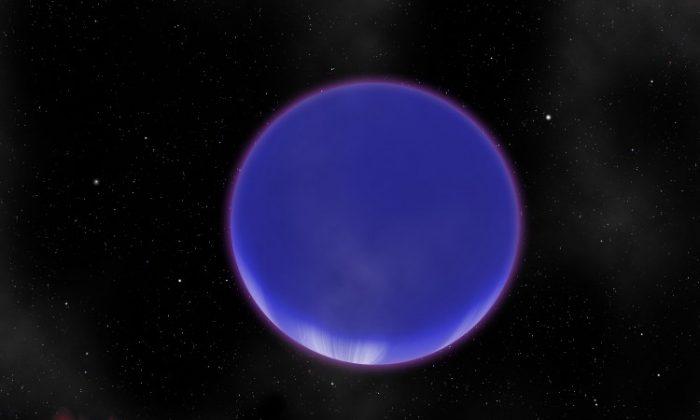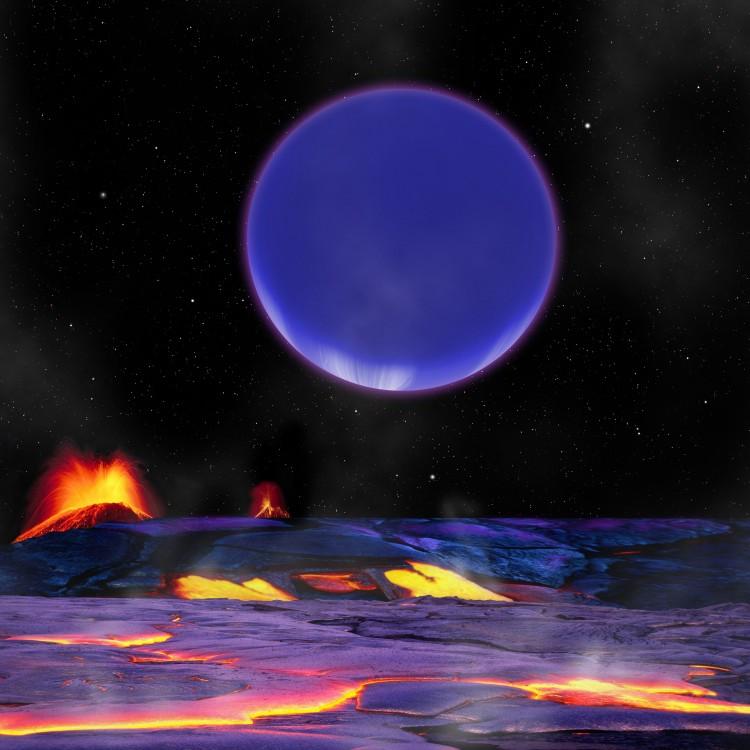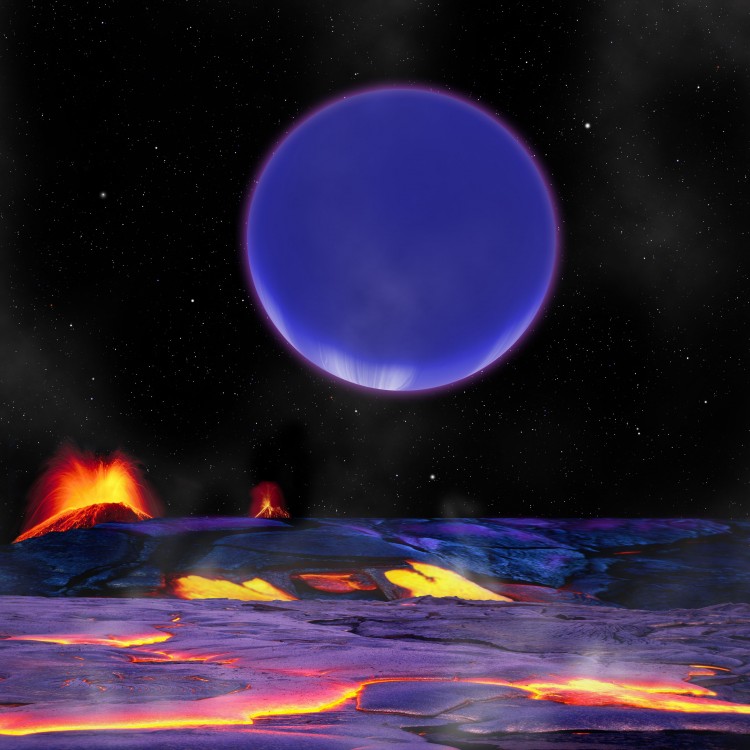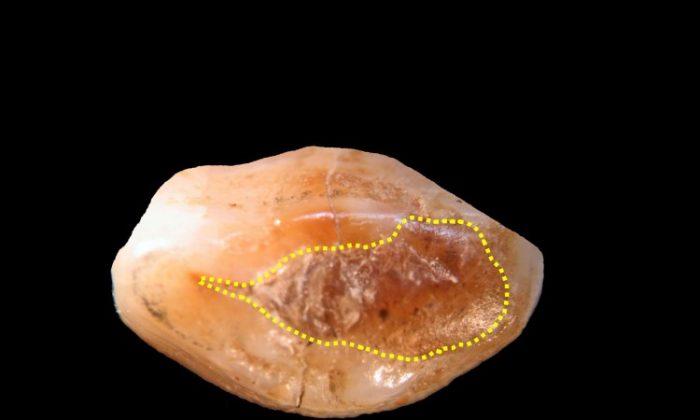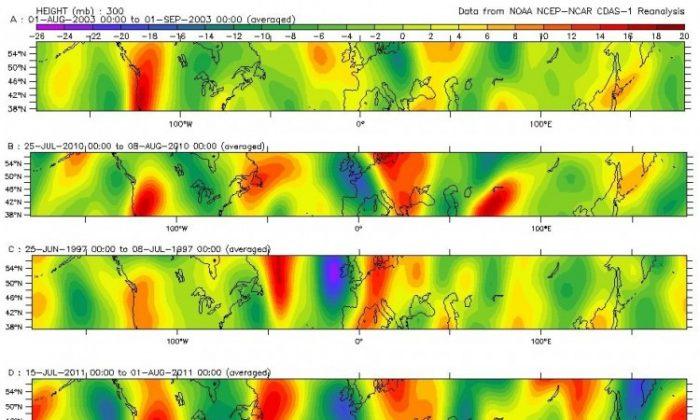NASA’s Kepler mission has revealed a solar system containing two worlds that are the closest known planets.
They are located about 1,200 light-years away, circling a subgiant star, Kepler-36a, which is similar to our sun but several billion years older.
In the inside orbit is Kepler-36b, a volcanic rocky world that is 1.5 times the Earth’s size with a mass about 4.5 times greater. It is less than 11 million miles from its star, orbiting it approximately every two weeks.
Kepler-36c, the outer planet, is a hot Neptune or gas giant nearly four times Earth’s size with a mass about 8 times that of our planet’s. It is 12 million miles from the star and orbits it every 16 days.
“These two worlds are having close encounters,” said study co-author Josh Carter of the Harvard-Smithsonian Center for Astrophysics (CfA) in a press release.
Roughly every 97 days, the planets undergo a conjunction when they are 1.2 million miles apart—less than 5 times the distance between the Earth and the moon. This generates massive gravitational tides between them, possibly triggering volcanism on Kepler-36b.
The two worlds’ contrasting compositions are difficult to interpret based on current planet formation models. In our own solar system, rocky planets are found near the sun, whereas gas giants are much farther away.
The researchers think there may be other systems with planets so close to each other.
“We found this one on a first quick look,” Carter said. “We’re now combing through the Kepler data to try to locate more.”
They discovered this phenomenon using asteroseismology, which looks at the natural oscillations of sun-like stars.
“Kepler-36 shows beautiful oscillations,” said study co-author Bill Chaplin at England’s University of Birmingham in the release. “By measuring the oscillations we were able to measure the size, mass, and age of the star to exquisite precision.”
“Without asteroseismology, it would not have been possible to place such tight constraints on the properties of the planets.”
The findings will be published in Science on June 22.
The Epoch Times publishes in 35 countries and in 19 languages. Subscribe to our e-newsletter.
